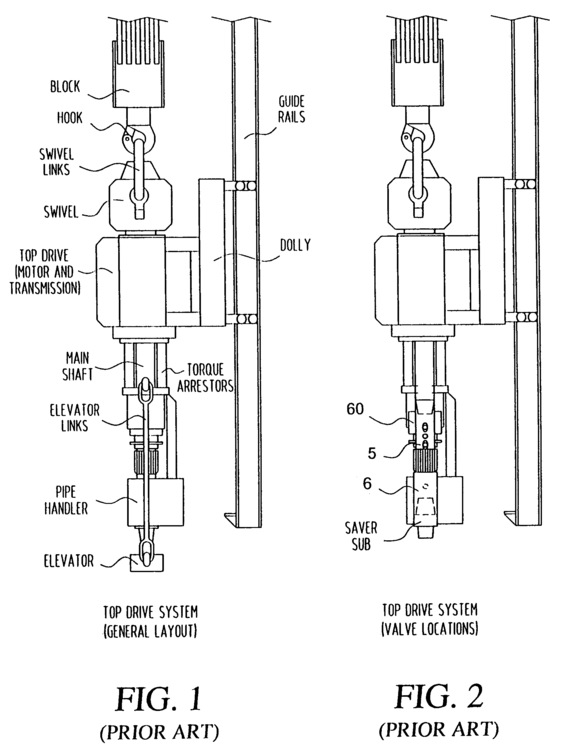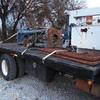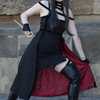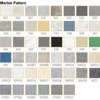
When I was starting with column drills, I located all of the terms for the different parts as well as dimensions really puzzling. This article is developed to assist you if you are trying to choose a drill and should comprehend what all the terms and jargon means.
Parts Base On Pillar Drills Drill head-- the assembly that composes the chuck, spindle, drill bit, electric motor and also pulleys. Base-- the heavy "foot" of the machine that is bolted to the floor in the case of a bigger column drill or the workbench in the case of a smaller sized bench-mounted drill. Column-- this is the upright pillar that offers the column drill among its names (confusingly, its various other typical names are "bench drill" and also "pierce press"). Spindle-- the vertical axle that remains in line with the drill little bit and attaches the chuck to the drill head. Chuck-- the setting up that fits onto the pin and holds the drill little bit. Table-- this is often little greater than a walk in smaller bench drill models. It's the support for the job item to be drilled, as well as is connected to the column some range below the head as well as above the base. Tables can be rectangular or round, and also some can be tilted to permit angled boring through a work piece. Pillar drill accessories can be acquired to clamp or cradle work items in numerous angles. Depth gauge-- a setup that allows the bench drill to drill an opening part-way through a job piece. The Significance of Dimensions in Drill Requirements Throat range-- this is the measurement from the nearest side of the pillar to the spindle centre. Swing-- this is a common denominator of the capability of column drills and also is specified as twice the throat distance, or to place it another way, the optimum dimension of disc in which you can pierce a main opening. Spindle taper-- this defines the shape of completion of the spindle. There are long, brief, female and also male types. The chuck needs to work with the pin taper. Collar Diameter-- this is the external size of the collar or chuck setting up that holds the bit. Chuck size-- this is the size of the internal opening of the chuck assembly, so it specifies the optimum dimension of little bit stem that the drill can take. Because of this it is also recognized simply as the exploration capability. Pin travel-- this is the amount through which the pin can be reduced or increased vertically and also specifies the optimum depth of opening you could pierce in one pass. Optimum range spindle-to-table-- this distance specifies the deepest job piece that you can get onto the table. Optimum range spindle-to-base-- this is similar to the above and also specifies the maximum depth of job item you could drill with the table got rid of. For More Information visit http://www.drawworkslp.com/casing-drilling/ |
|






